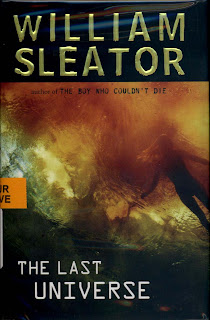
Summary & Evaluation: Peter David, who shaped a lot of the history of the Hulk during his long run as author for the Incredible Hulk, takes on the story of Alex Fleming, a teenage boy who discovers that his rightful place in life isn't as the wimp who's constantly bullied in the schoolyard but as the superhero known as "Spy Boy." His secret identity was buried beneath his psyche long ago by his father in order to protect him, but the appearance of his arch-enemy Gourmet (a villain who kills his victims in kitchen-related manners) brings Spy Boy out of hiding and into action. Aided by the mysterious and curvaceous Bombshell, Spy Boy defeats Gourmet and his cronies but his victory only leads to more questions about why his identity was hidden from him so long ago.
Spy Boy, in classic comic book fashion, skips the story of teenage angst and goes straight to the butt-kicking. When introducing the wimp formerly known as Spy Boy, the reader watches as Alex Fleming gets treated to a swirly in the bathroom at the hands of the school bully, Schweitzer, who's caught Alex saying "hello" to his girlfriend. After suffering the abuse, Alex daydreams a Jackie Chan-like reaction to the humiliation, where he flattens Schewitzer & his band of flunkies--and I think that this part was really great, where it would speak to a lot of young adults. Unfortunately (or, fortunately, for those who like action & adventure), Peter David doesn't let the story follow these more psychological lines and just lets the story unravel into a Mission Impossible-like tale (but with more of a teenage bent).
Booktalk Hook: I think for something like this I'd start out with a question, like "have you ever felt that your parents were keeping a secret from you? What if knowing that secret meant that you'd be fighting supervillains instead of doing homework?"







